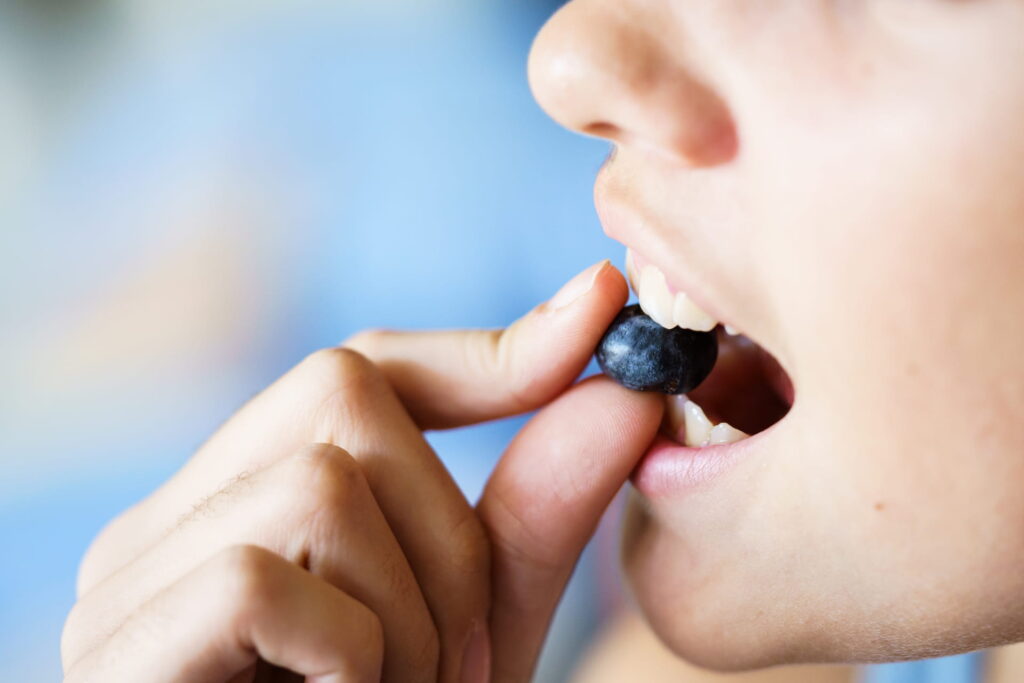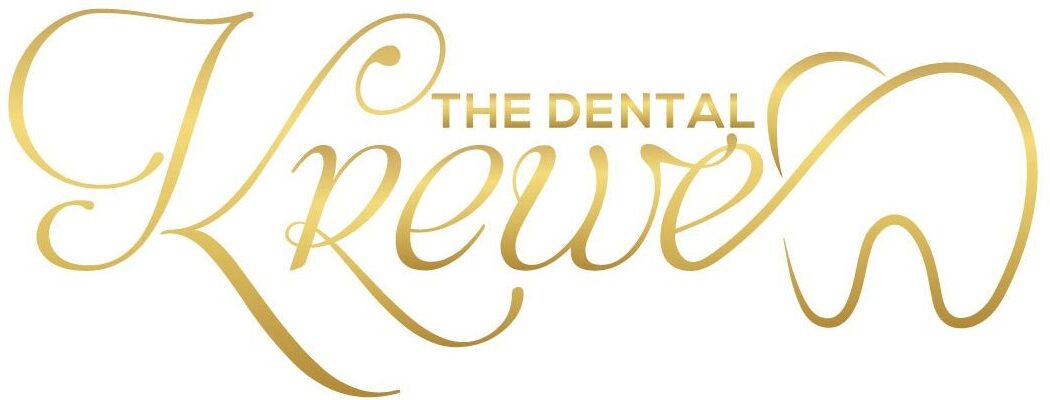A bright smile can quickly become dull due to common foods and drinks that cause staining. Many everyday items contain pigments, acids, or tannins that penetrate enamel and lead to discoloration. Understanding which foods contribute to stains can help maintain a whiter smile. A dentist can also provide guidance on preventing and reversing discoloration.
1. Coffee and Tea Stain Enamel
Morning routines often include a hot cup of coffee or tea, but both can lead to noticeable stains. A lifelong coffee drinker may notice their teeth turning yellow over time. Tannins, natural compounds found in both beverages, bind to enamel and cause deep discoloration.
- Black tea and coffee contain higher levels of staining compounds than lighter varieties.
- Adding milk to coffee or tea can reduce the intensity of staining.
- Rinsing with water after consumption helps limit discoloration.
2. Red Wine Causes Deep Stains
A glass of red wine with dinner may be enjoyable, but it is one of the biggest culprits of tooth stains. The dark pigments, combined with its acidity, allow it to bind to enamel more easily. White wine, while less pigmented, can still weaken enamel and make teeth more susceptible to staining.
- Polyphenols and tannins in red wine contribute to deep discoloration.
- Drinking through a straw may minimize direct contact with teeth.
- Brushing immediately after drinking acidic beverages can wear down enamel further.
3. Dark-Colored Soda and Tooth Discoloration
Sodas, especially colas, contain artificial dyes that cling to enamel. The high sugar content promotes plaque buildup, which can make stains worse. Even diet sodas, despite having no sugar, still contribute to enamel erosion due to acidity.
- Phosphoric and citric acid in soda weaken enamel, making stains more pronounced.
- Carbonation accelerates staining by breaking down the protective enamel layer.
- Lighter-colored sodas cause less visible staining but still contribute to erosion.
4. Berries That Leave Surface Stains
Berries are packed with antioxidants and nutrients, but they also contain strong pigments that stain teeth. Blueberries, blackberries, and raspberries leave behind residue that clings to enamel. Those who frequently consume berries may see noticeable darkening over time.
- Berry juices can stain even more intensely than whole berries.
- Eating berries with dairy products can help neutralize staining effects.
- Brushing too soon after eating acidic berries can damage enamel.

5. Soy Sauce and Its Effect on Teeth
Dark sauces, such as soy sauce, leave behind stains due to their rich pigmentation. Frequent consumption of soy sauce-heavy dishes can cause yellowing, especially if combined with acidic foods. Enamel weakened by acids absorbs the color more easily.
- Sodium content in soy sauce can contribute to enamel dehydration.
- Using lighter-colored sauces, like coconut aminos, reduces staining.
- Drinking water while eating helps wash away residue before it settles.
6. Curry-Based Dishes Leave Yellow Stains
Curry, a spice known for its deep yellow and orange hues, is a common cause of tooth discoloration. The pigments in turmeric, which is often a key ingredient, adhere to enamel. Repeated exposure makes stains more difficult to remove.
- Brushing with a whitening toothpaste after eating curry can help prevent stains.
- Drinking milk with curry-based dishes may reduce the intensity of staining.
- Eating fibrous vegetables alongside curry helps scrub away surface stains.
7. Tomato Sauce and Acidic Stains
Pasta sauces, ketchup, and other tomato-based products can contribute to tooth discoloration. Tomatoes have a high acidity level, which weakens enamel and allows their deep red color to leave stains. Those who regularly consume tomato-heavy dishes may notice gradual darkening of their teeth.
- Eating leafy greens before consuming tomatoes can create a protective barrier on teeth.
- Pairing tomato sauce with cheese can help neutralize some of the acid’s effects.
- Drinking water while eating can help rinse away staining compounds before they set in.
8. Beets and Their Natural Pigments
Beets are known for their intense staining properties, whether in juice or solid form. Their vibrant red pigment clings to enamel and is difficult to remove. Those who frequently consume beets may experience noticeable discoloration over time.
- Drinking beet juice through a straw can minimize staining.
- Brushing immediately after eating beets can cause acid-softened enamel to wear away.
- Swishing with water or milk can help remove some of the pigment before it sets.
9. Balsamic Vinegar and Dark Residue
Balsamic vinegar is a favorite salad dressing ingredient, but its dark color and acidity make it a significant contributor to stains. It can adhere to teeth, leaving behind a sticky residue that attracts other staining particles. Frequent use can lead to long-term discoloration.
- Mixing balsamic vinegar with lighter ingredients can reduce staining effects.
- Rinsing with water after consumption helps prevent long-term discoloration.
- Choosing rice vinegar or apple cider vinegar can be less staining alternatives.
10. Artificial Food Coloring in Processed Foods
Many processed foods contain artificial dyes that can stain teeth over time. Candies, sports drinks, and brightly colored snacks often include synthetic pigments that bind to enamel. These stains can be particularly difficult to remove without professional help from a dentist.
- Red, blue, and purple food dyes tend to cause the most noticeable discoloration.
- Reading ingredient labels can help identify which foods contain synthetic dyes.
- Regular brushing and flossing reduce the buildup of staining compounds.
Staining Effects and Long-Term Oral Health
Daily habits significantly impact the color of teeth. Stain-causing foods and drinks gradually darken enamel, making a white smile harder to maintain. Regular dental cleanings and mindful eating habits can prevent long-term discoloration. A dentist can provide professional whitening treatments to counteract deep stains.

Key Takeaways on Foods and Drinks That Stain Teeth
- Coffee, tea, and red wine contain tannins that cause deep stains.
- Soda and artificial dyes in processed foods contribute to discoloration.
- Acidic foods like tomatoes and balsamic vinegar weaken enamel, making stains more prominent.
- Beets, berries, and curry-based dishes leave behind strong pigments.
- Rinsing with water and maintaining regular dental visits help prevent stains from setting in.
Frequently Asked Questions About Staining Foods and Drinks
Can switching to green tea prevent stains?
Green tea contains fewer tannins than black tea, making it less likely to stain teeth.
Do whitening toothpaste brands remove food stains?
Whitening toothpaste can help with surface stains, but deep discoloration may require professional treatment from a dentist.
Is it better to brush before or after drinking coffee?
Brushing before drinking coffee creates a protective barrier, while brushing immediately after can spread acids and cause enamel erosion.
Do clear sodas stain teeth less than dark sodas?
Clear sodas don’t contain artificial dyes, but their acidity still weakens enamel, increasing the risk of staining.
Can lemon water cause stains on teeth?
Lemon water is acidic and can erode enamel, making teeth more prone to staining from other foods and drinks.

